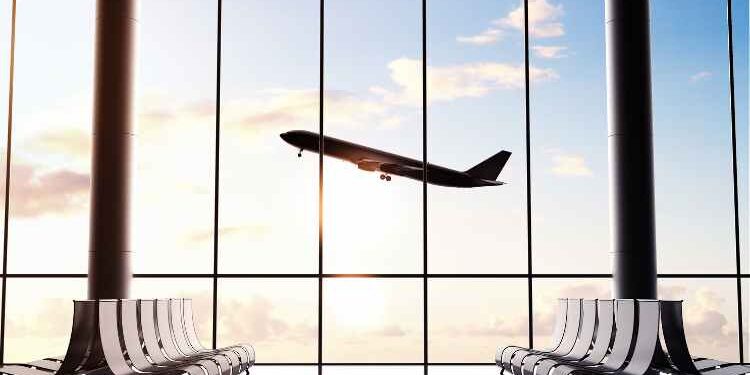Travel planning is a series of small personal choices that shape a multi-billion dollar industry. Many emotional and logistical factors come together in the moment a customer books a flight reservation. Choosing an airline for a trip means choosing a brand, an expected experience, a travel schedule and a price point. Breaking down the average person’s flight selection process should be square one for an airline’s overall marketing strategy. Here are five common factors that determine which airline a person will choose.
1. Price
Pricing is a major factor in airline choices across the board. The sheer number of third-party websites promising cheap flight deals is proof that the price tag matters to customers booking flights. With shrinking seat sizes and fewer complementary add-ons, a flight’s total price has become even more of a deciding factor in recent years.
Unfortunately, lowering airfare prices to attract customers isn’t as simple as putting a retail product on sale. Airline prices are determined by complex algorithms that balance travelers’ supply and demand. Still, advertising an airline’s least expensive flights at any given time is a sound strategy to appeal to cost-savvy customers.
2. Brand Loyalty
The good news is, factors other than price affect a person’s decision to book a particular airline. According to travel research firm Skift, 57% of customers consider brand loyalty when choosing an airline for a trip.
Brand loyalty is rooted in providing the best possible customer experience. First impressions, such as a booking portal, may prove as important as crew member interactions and ease of boarding. An experience that solidifies an airline’s brand in a customer’s mind builds loyalty and leads to repeat bookings.
To achieve an outstanding customer experience, many companies are leveraging airline mobile marketing platforms. These branded apps provide updates, schedules and information about the airline on the traveler’s mobile device. An app keeps an airline’s brand at the forefront of a customer’s mind and encourages brand loyalty. Loyalty program points tracked on the app can also be spun into unique push notifications. Airline apps’ many personalized features make them essential marketing and branding tools.
3. Scheduling
Choosing a flight locks a customer into one set schedule for their entire trip. Naturally, flight times and scheduling affect a person’s choice of airline.
Family and leisure travelers usually prefer daytime flights that leave early in the morning and arrive from midday to afternoon. “Red-eyes,” or flights that leave late at night and arrive in the morning, are often considered less desirable. However, business travelers frequently choose these flights to avoid a dedicated travel day when traveling for work.
4. Convenience
According to a Boeing-sponsored study from the Travel and Tourism Research Association, 16% of Americans are afraid of flying. Interestingly, the study also found that 60% of Americans experienced some level of general anxiety surrounding air travel.
This anxiety may be a key reason why convenience affects a choice of airline. If a traveler is already anxious, unexpected gate changes or delays have a greater emotional impact.
Mobile apps help mitigate this anxiety by providing notifications of gate switches. Many apps suggest alternate connecting flights while sending the notification that a flight is delayed.
Attentive staff can create an atmosphere of ease and convenience in unforeseen circumstances as well. Since every traveler is unlikely to download an airline’s app, staff should be proactive in informing travelers of delays and suggesting solutions. Managing passengers’ anxiety builds an emotional connection, increasing brand loyalty and influencing their future travel decisions.
5. Reputation
Finally, an airline’s overall perception and reputation can influence travel decisions. The 2017 United incident is a key example of how bad publicity can sway public opinion against a particular airline.
On the other end of the spectrum, a brand can build a positive reputation among customers through creative marketing initiatives. JetBlue bolsters its branding strategy as a premium airline with product placement campaigns in TV and movies. This subtle form of advertising deployed over time can build a more subtle and believable brand reputation than direct advertising alone.
Rising costs across the board are making Americans examine all of their purchases more closely. Optimizing factors such as brand loyalty and reputation through smart marketing can give an airline an edge in this competitive market.
